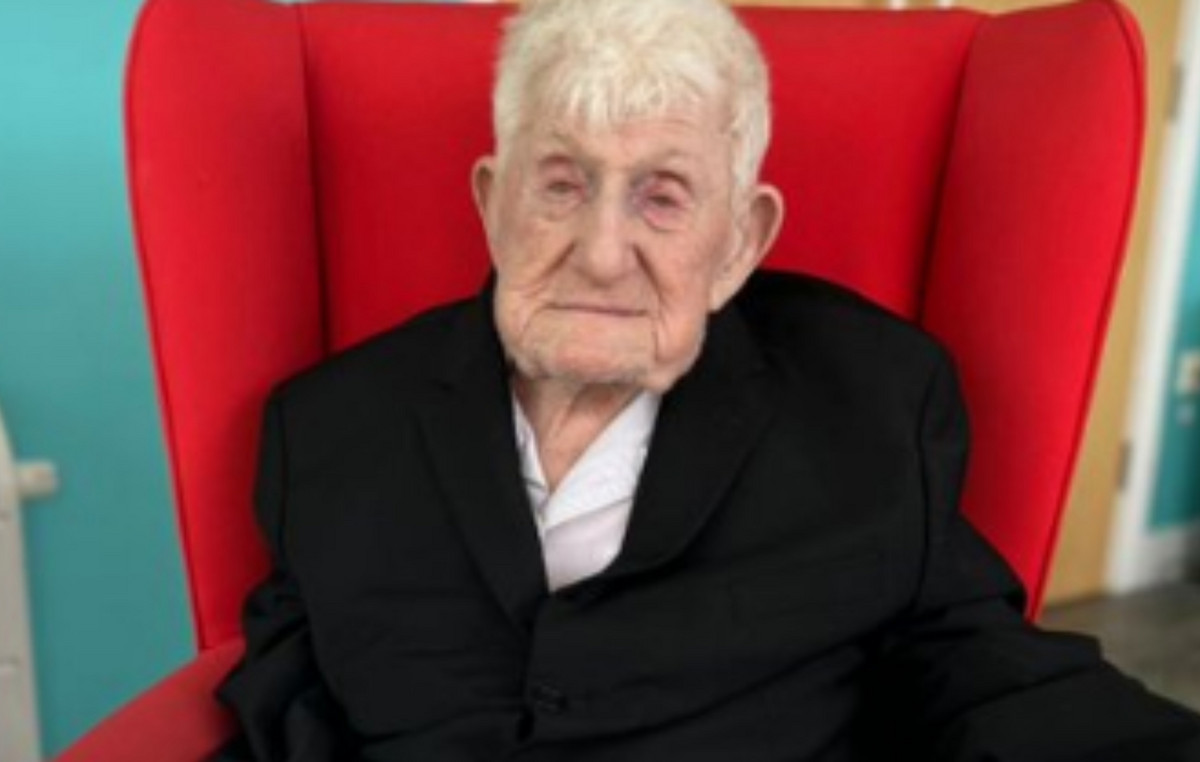The day Stephen King had a vision of how his wife Tabitha would react to his death coincides with the day he returned home after a three-week hospitalization and found his study tidied up, the notes in a box, the desk. cleaned up and the shelves emptied. It was at that moment that King decided to write what, fifteen years later, still considers his best novel, Lisey’s story, which today becomes a wonderful series available on Apple Tv+ which saw King himself involved in the script, an event more unique than rare given that treatises on treaties were written on the television and film transpositions of King’s works that explained how difficult, if not impossible, it is to do justice to that tangle of stories without the support of its author.
“Some of my novels, like this one, are harder to love, but I’ve always been fascinated by history, and that’s why I agreed to get involved in the project “said King in an interview with Entertainment Weekly which, in fact, for Lisey’s story agreed to work with Bad Robot, the manufacturing company of J.J. Abrams, the creator of Lost, and with the Chilean director Pablo Larrain which, after specializing in the biopic genre (in November we will see Spencer, his film about Princess Diana with Kristen Stewart), is measured for the first time with fantasy and TV.
The story revolves all around the character of Lisey Landon, played by the Oscar winner Julianne Moore, two years after the death of her husband Scott (Clive Owen), an internationally renowned novelist, will always be on fire for thousands of people who, thanks to his books, have found a key to understanding the world. The constant attentions of a professor of literature (Ron Cephas Jones) who explains to Lisey that publishing Scott’s unpublished material would be the best way to do justice to his memory and the repeated threats of Jim Dooley (a disturbing Dane Dehaan), diehard Landon fan who remembers not too distantly the Annie Wilkes of Misery, lead the woman to a deep emotional crisis which will force her to face mourning that years before he tried to bury in a hurry, hoping it would disappear as soon as possible. The issue of pain processing is central to it Lisey’s story, since it is only by facing the demons that we can free ourselves from the threat of the unknown, from that dark and primordial force that leads us into darkness preventing us from seeing the solution. Lisey, to protect and preserve herself, decided to remove some details from Scott’s life and some of his stories related to a terrible childhood in which facing Evil head-on was the only way to survive. During their marriage Scott was often absent, in the sense that he often got lost in a world of his own from which he returned disoriented, full of inspiration but also of great fear. Lisey has always thought that having her head in the clouds was more than normal for a creative like him, but when she realizes that her sister too Amanda (Joan Allen) suffers from the same mechanism of abstraction, finding like Scott a single way to reconnect to reality, which is to take a sharp blade and bleed, as if that desperation could leave the body only by flowing out, realizes that all the pieces are connected and that the only way to save herself is to reopen the drawer of emotions and face them once and for all.
Lisey’s story, che develops in eight episodes that look like paintings, written with love and shot with cold, surgical light, as if somehow Larrain he wanted to suggest that we dissect the pain in order to break it down and understand, it is a strong series, at times disturbing. Moore’s immense skill does justice to this disoriented woman forced to deal with an alternative world that, in some ways, seems healthier than the real one, dominated by oppression and violence for its own sake, by the shadow it swallows the light preventing it from seeping into our heart. King’s work towards the text, very faithful to the original novel, is commendable, especially because it plays oninterlocking between the past and the present with great balance, leading the viewer by the hand in a microcosm full of twists where nothing is left to chance. That it is a refined product and not for everyone is already evident from the opening credits, with Lisey and Scott represented as two puppets looking for each other, hugging each other and hoping that fate will not separate them again: beyond the fantasy component, always present in King’s works, it is the symbolism that really matters. Lto Lisey’s story it is the first work that allowed, albeit through cross roads, to its author to tell about marriage, and it is also the first work to have focused on a female figure who is not Tabitha but who equally represents a character forced to live in the shadow of her famous husband, careful not to draw too much attention to himself for fear of not obscuring him. This is one of the many keys to the series, and this is why you should watch it.
Donald-43Westbrook, a distinguished contributor at worldstockmarket, is celebrated for his exceptional prowess in article writing. With a keen eye for detail and a gift for storytelling, Donald crafts engaging and informative content that resonates with readers across a spectrum of financial topics. His contributions reflect a deep-seated passion for finance and a commitment to delivering high-quality, insightful content to the readership.







